Dear Architects of the UK (and the rest of the world),
I want to talk to you about toilets.
I know the loos are not the most glamorous aspect of building design, but they are kind of fundamental aren’t they?
Would you ever dream of designing a publicly accessible building or place of work without one?
And of course any new building or refurb would have accessible toilets wherever there are toilets too?
But did you know that regular ‘wheelchair accessible toilets’ (doc M style toilets) are NOT accessible to all wheelchair users or even all mobile disabled people?
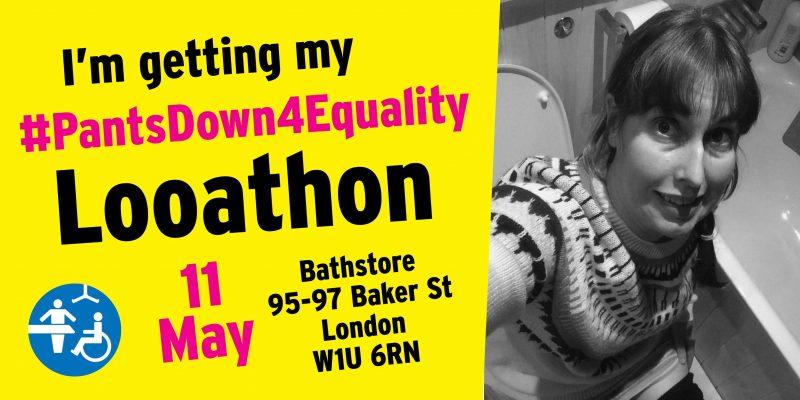
My daughter is one of those wheelchair users, which means our whole family’s movements are dictated by access to the most elusive type of toilet in the country.
In my home city of Cambridge (a vibrant, tourist destination) there is only one, registered changing places toilet in the city centre. Yes, just one toilet in the whole of Cambridge that my daughter can use, other than the toilets at her school and a toilet at the hospital on the edge of town.
 In London you can count on one hand the number of changing places toilets in the West End.
In London you can count on one hand the number of changing places toilets in the West End.
Therefore my family cannot visit the West End together.
We CAN visit the 2014 Stirling Prize winning Everyman Theatre in Liverpool, but we CAN’T visit the most recent Stirling Prize winning buildings (judged to be the best buildings of those years!?), or at least our visit would be hugely compromised, compared to other visitors, as we would need to leave as soon as it was time to use the toilet.
I carried out a survey monkey last year aimed at architects and building designers. Unfortunately (despite many regional RIBA chapters sharing it for me in their newsletters) I didn’t get a huge take up, perhaps because it’s not a very attention grabbing topic.
However, I think the results I did get gave some insight into why we still only have just over 1000 changing places in the whole UK.
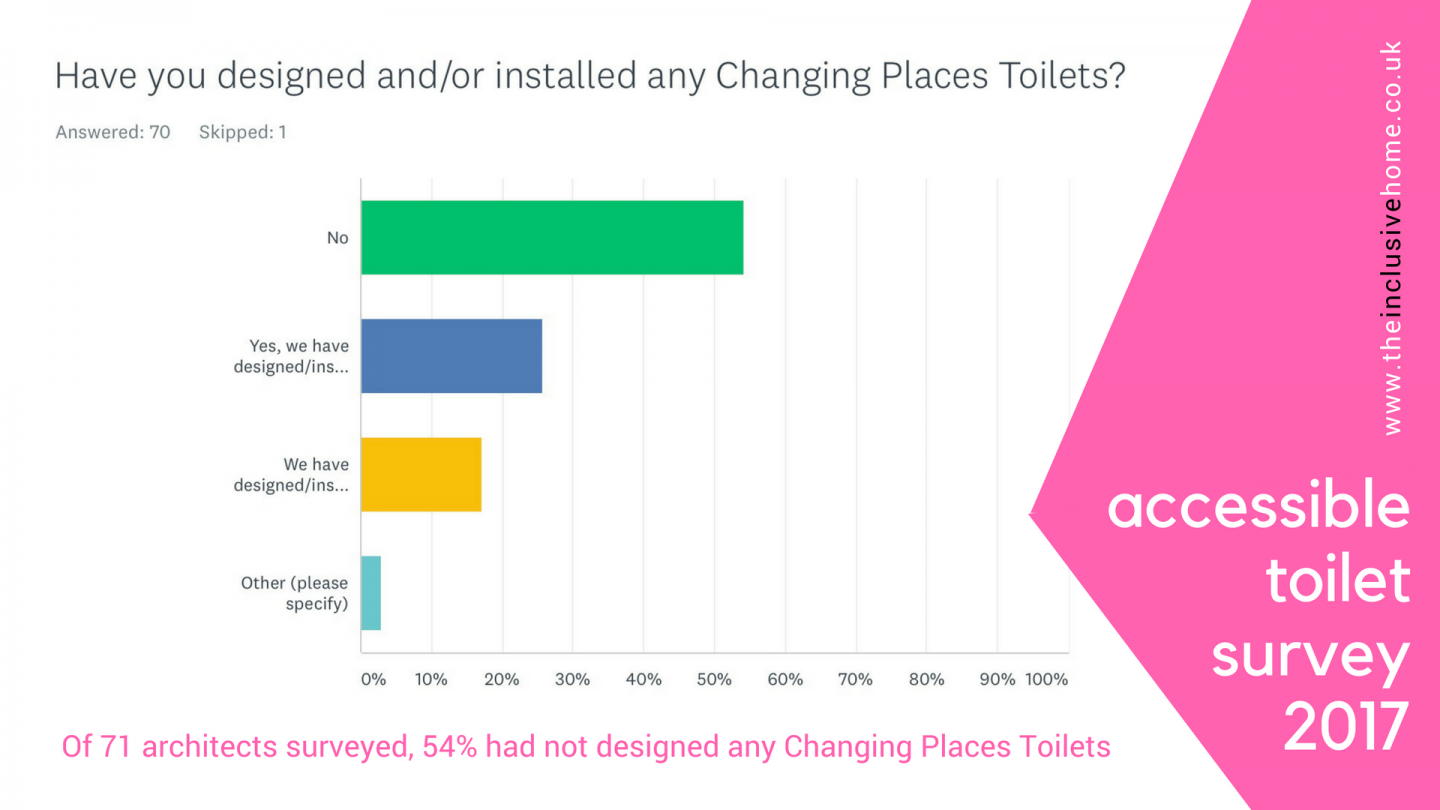
Of the…
…71 ARCHITECTS SURVEYED, AS MANY AS 54% HAD NOT INSTALLED A CHANGING PLACES TOILET…
…and those that had were mostly in community, care or educational settings (which are obviously very necessary), but very few in commercial installations at all, places where families like mine would like to be able to ‘go’ like other families (museums, cinemas, bowling alleys, theatres, department stores etc).
Personally I would love to see better guidance and I think there is mileage in there being more flexibility in the design of toilet standards in general, and that seemed to be echoed in many of the comments I received in my survey.
(I want to see some formal research on this topic, so if anyone can help in that department do get in touch!)
Following on from the success of her fantastic #LooAdvent campaign at christmas, amazing changing places champion, Sarah Brisdion, has organised a #Looathon with the great people of Bathstore in Baker Street on 11th May!
I deliberated about joining in, I am not an exhibitionist! However my first blog post on this topic was over 2 years ago, I’ve spoken to anyone who will listen! Yet still we have only one toilet in my home city and a handful in central London. And so, I have decided to join Sarah and a whole host of other amazing accessibility champions, volunteering to put ourselves in an undignified position because our built environment robs our friends and relatives of their dignity daily…
…AND SO I FIND MYSELF GOING TO THESE LENGTHS TO TRY TO RAISE AWARENESS, WITHIN MY OWN PROFESSION, ABOUT THE EXCLUSION MY FAMILY FACES IN MOST OF OUR PUBLICLY ACCESSIBLE BUILDINGS…
I would like to extend an invitation to any architects, the RIBA, the building design media & building professional bodies to come along and meet us to get a first hand view of why we need this change in attitude to toilet design! Also there will be a mobile changing places toilet at the event, a Mobiloo, so you will be able to see what is possible, even in the back of a van!
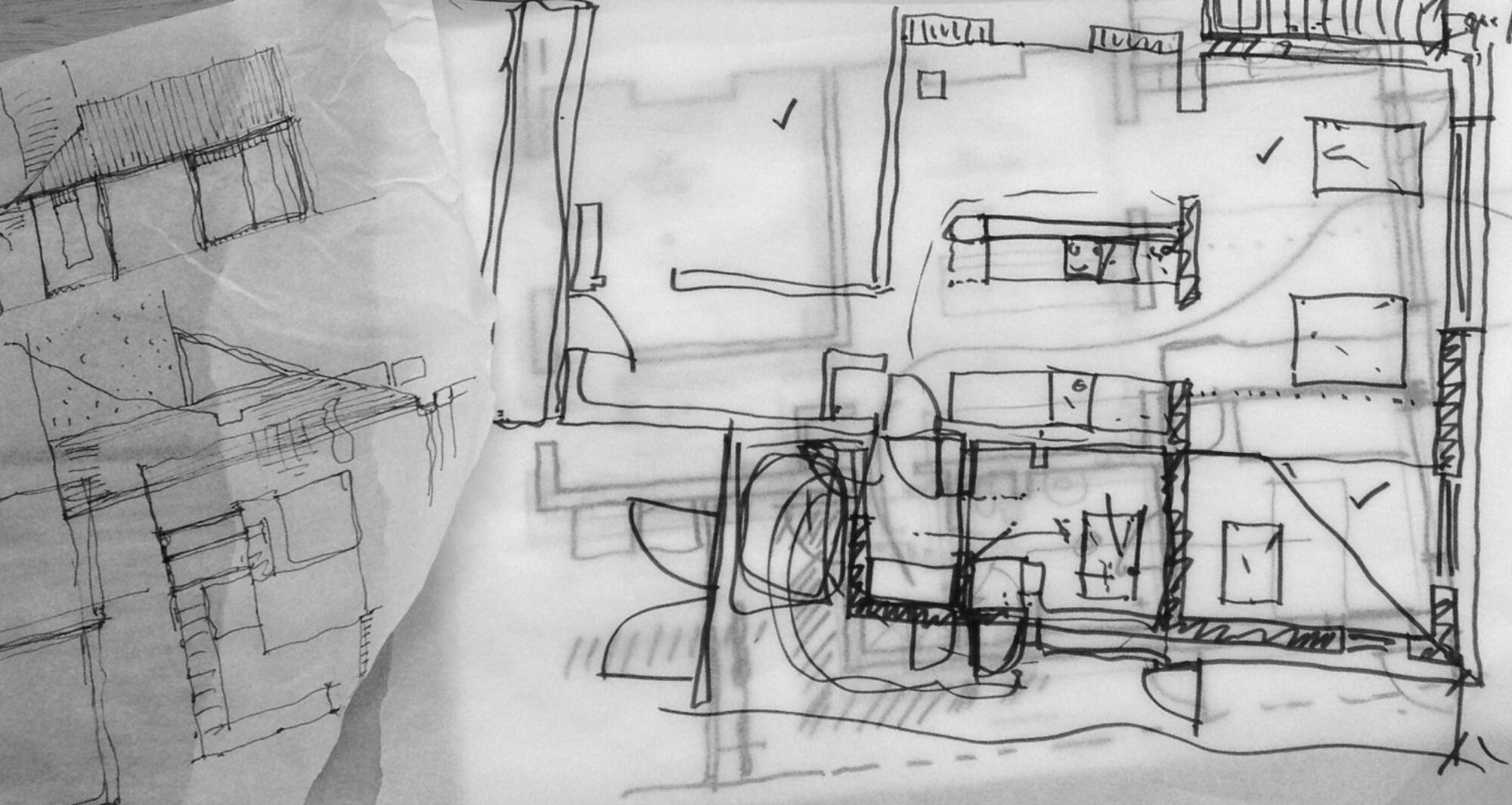
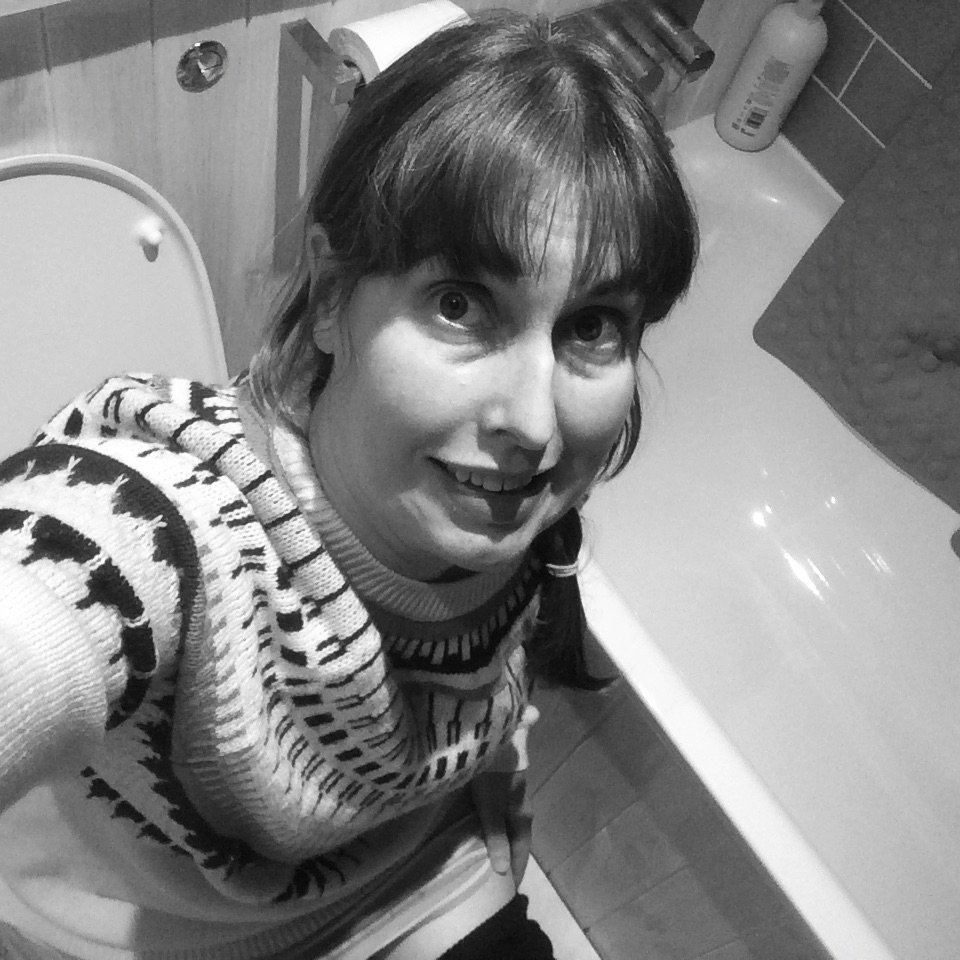



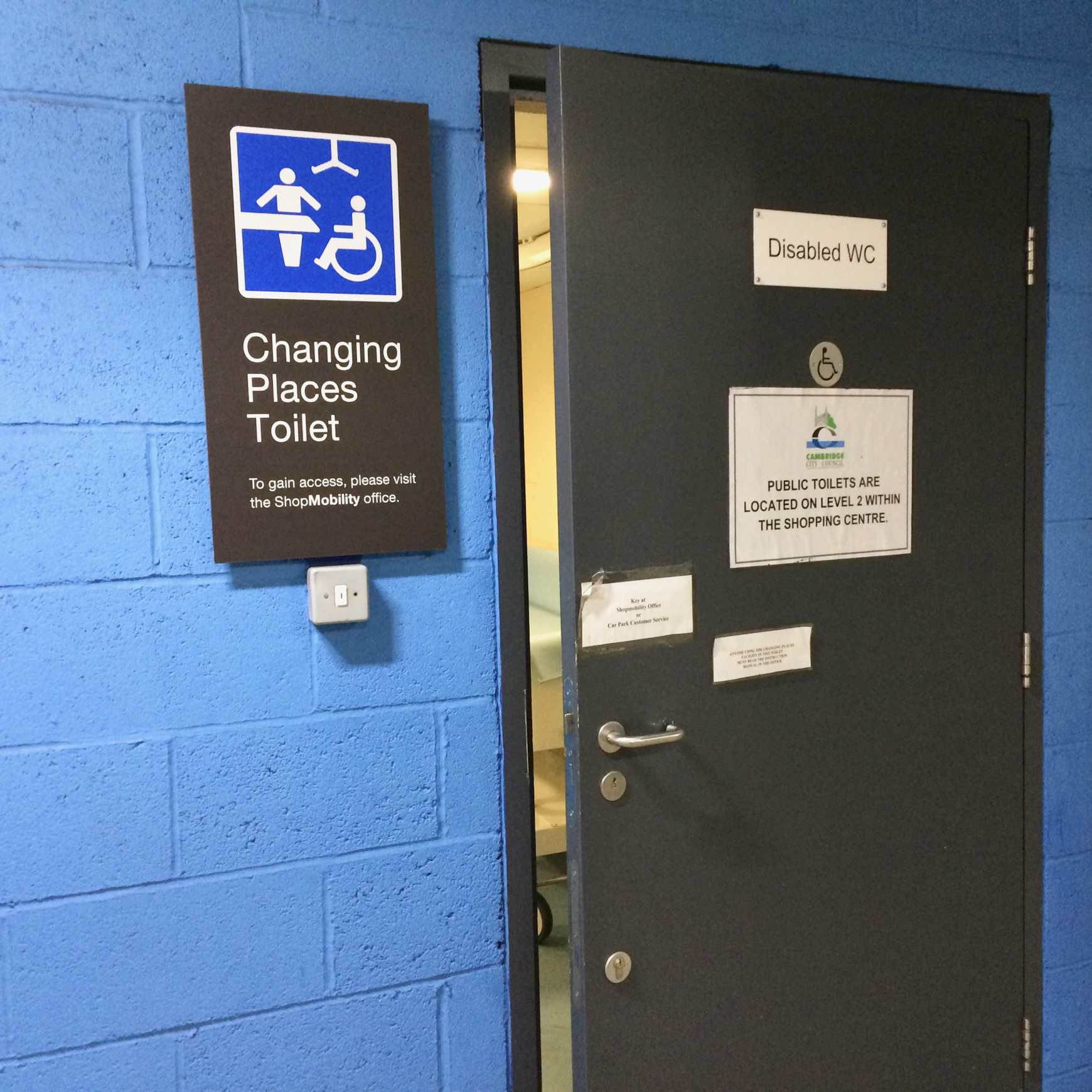
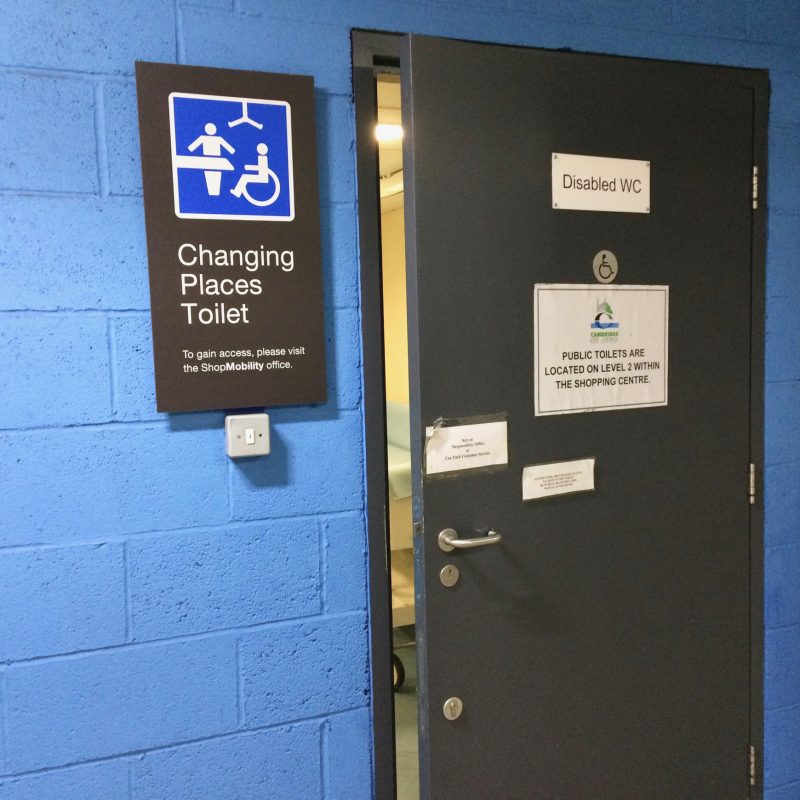 However (as any regular readers will know!), one of the aspects of accessibility that particularly impacts my family (and approximately 250,000 other individuals, plus their families and friends, in the UK!) is a shortage of accessible toilets with hoist and changing bench. The only description for this need currently in the BSi standards is called a Changing Places Toilet.
However (as any regular readers will know!), one of the aspects of accessibility that particularly impacts my family (and approximately 250,000 other individuals, plus their families and friends, in the UK!) is a shortage of accessible toilets with hoist and changing bench. The only description for this need currently in the BSi standards is called a Changing Places Toilet.
 In the story, Lola and her (imaginary?) friend, Soren Lorensen, drink an invisibility potion that her brother Charlie has made with his friend. Lola, of course, doesn’t become invisible but Soren Lorensen does…. Lola is adamant that she is also invisible and says:
In the story, Lola and her (imaginary?) friend, Soren Lorensen, drink an invisibility potion that her brother Charlie has made with his friend. Lola, of course, doesn’t become invisible but Soren Lorensen does…. Lola is adamant that she is also invisible and says: This lack of provision is something that affects disabled people of all ages, but also their wider circle. You cannot go somewhere that your friend or loved one cannot access a toilet!
This lack of provision is something that affects disabled people of all ages, but also their wider circle. You cannot go somewhere that your friend or loved one cannot access a toilet!


 The thing about going to the toilet, is that even continent people can’t always timetable the needs of their bladder or bowels, hence the need for customer and passenger toilets in publicly accessible buildings, around public services and public transport! If you have continence issues, there is even less predictability. You cannot book a long train journey with a plan to book a loo break at certain points, because you cannot predict when the need will occur! It is neither pleasant for the person needing a pad change to sit in a soiled pad for a prolonged period, and as a train is a confinded space, it is not pleasant for other passengers either if that person cannot alight at the next station and have their needs met in a timely manner!
The thing about going to the toilet, is that even continent people can’t always timetable the needs of their bladder or bowels, hence the need for customer and passenger toilets in publicly accessible buildings, around public services and public transport! If you have continence issues, there is even less predictability. You cannot book a long train journey with a plan to book a loo break at certain points, because you cannot predict when the need will occur! It is neither pleasant for the person needing a pad change to sit in a soiled pad for a prolonged period, and as a train is a confinded space, it is not pleasant for other passengers either if that person cannot alight at the next station and have their needs met in a timely manner!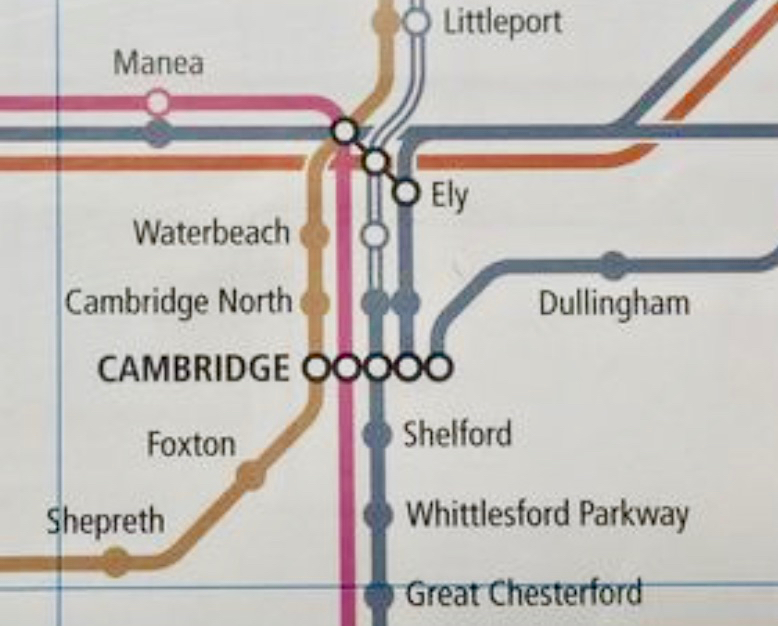 I would have a little more sympathy with this reasoning, if there was a changing places toilets at the nearby interchange stations on this line, namely Cambridge Station and Ely Station. Cambridge Station has had a lot of work done recently as part of the new station square development, but as far as I know, no signs of improved passenger toilets.
I would have a little more sympathy with this reasoning, if there was a changing places toilets at the nearby interchange stations on this line, namely Cambridge Station and Ely Station. Cambridge Station has had a lot of work done recently as part of the new station square development, but as far as I know, no signs of improved passenger toilets.